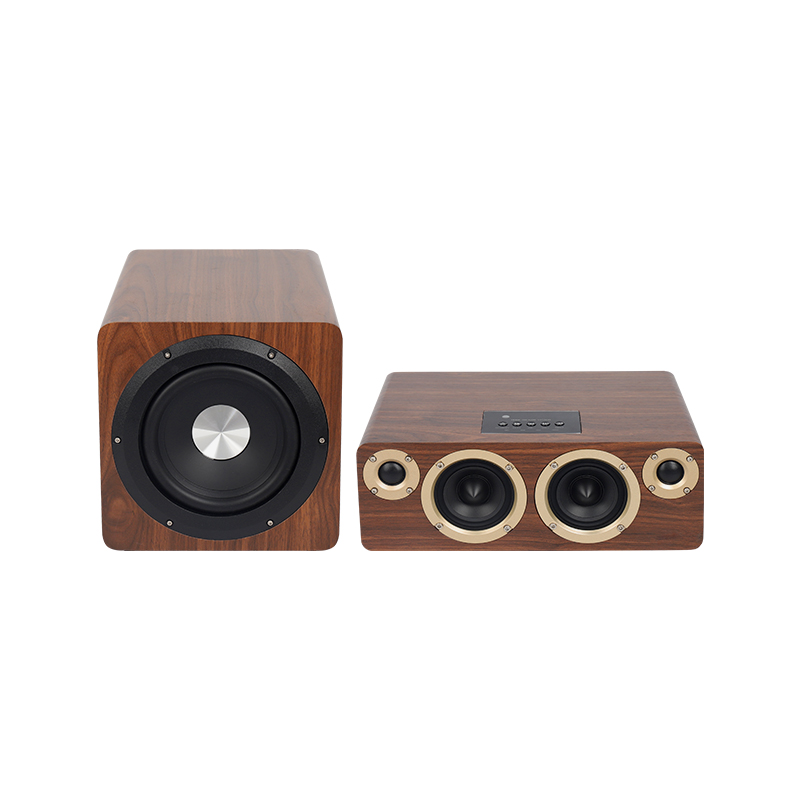How to configure a small conference audio system? In a small conference sound system, the relationship between the simplicity of operation, scalability and sound quality is often a point that people attach great importance to in this type of sound system. Therefore, no matter what kind of equipment is used, the ultimate intention is to achieve a balance between the two through technical means.
It is difficult to say what kind of equipment is necessary to be satisfied with the points mentioned above. After all, in the field of sound reinforcement equipment, it is divided into analog equipment and digital equipment only by the type of equipment, and there are many equipment for different application places in these two categories. Here we will cite some common types of conference rooms and discuss what methods we can choose to build the sound reinforcement effects and functions we want to achieve in different environments.

This type of conference room is more common in small audio systems, and small conference audio systems account for the majority of them. The area of this type of meeting room is fixed between 40-60m2. Because it is mainly used for daily conference sound reinforcement applications, the sound source equipment is relatively small and the use is single. In this case, we can generally use the method of ceiling speakers and small mixers to complete. Because it is a conference room, the clarity of sound quality is very important. The selection of ceiling speakers can just meet the user's sound quality requirements, and at the same time ensure the uniform coverage of the sound field, and can also be unified with the interior decoration of the entire conference room.
In the audio processing equipment of the small conference audio system, the mixer is indispensable, and the general analog mixer can be used, and the more common active mixer can also be used. In terms of sound quality, these two types of equipment do not have a large distance, and both can meet the sound reinforcement needs of small conference rooms. However, in most cases, it is recommended to use an active mixer. Of course, the use of an active mixer is not because the sound quality after processing will be greatly improved compared with the general fader mixer. To a certain extent, the problem of howling, which is a taboo in the sound reinforcement of the conference room, is suppressed.
Professional conference audio - how important is the debugging method
If the layout of each room in the conference room is different, the use of professional conference audio will naturally be different, and the effect of each occasion will be very different. If audio debugging is to be carried out, what is the difference between them and ordinary conference audio?